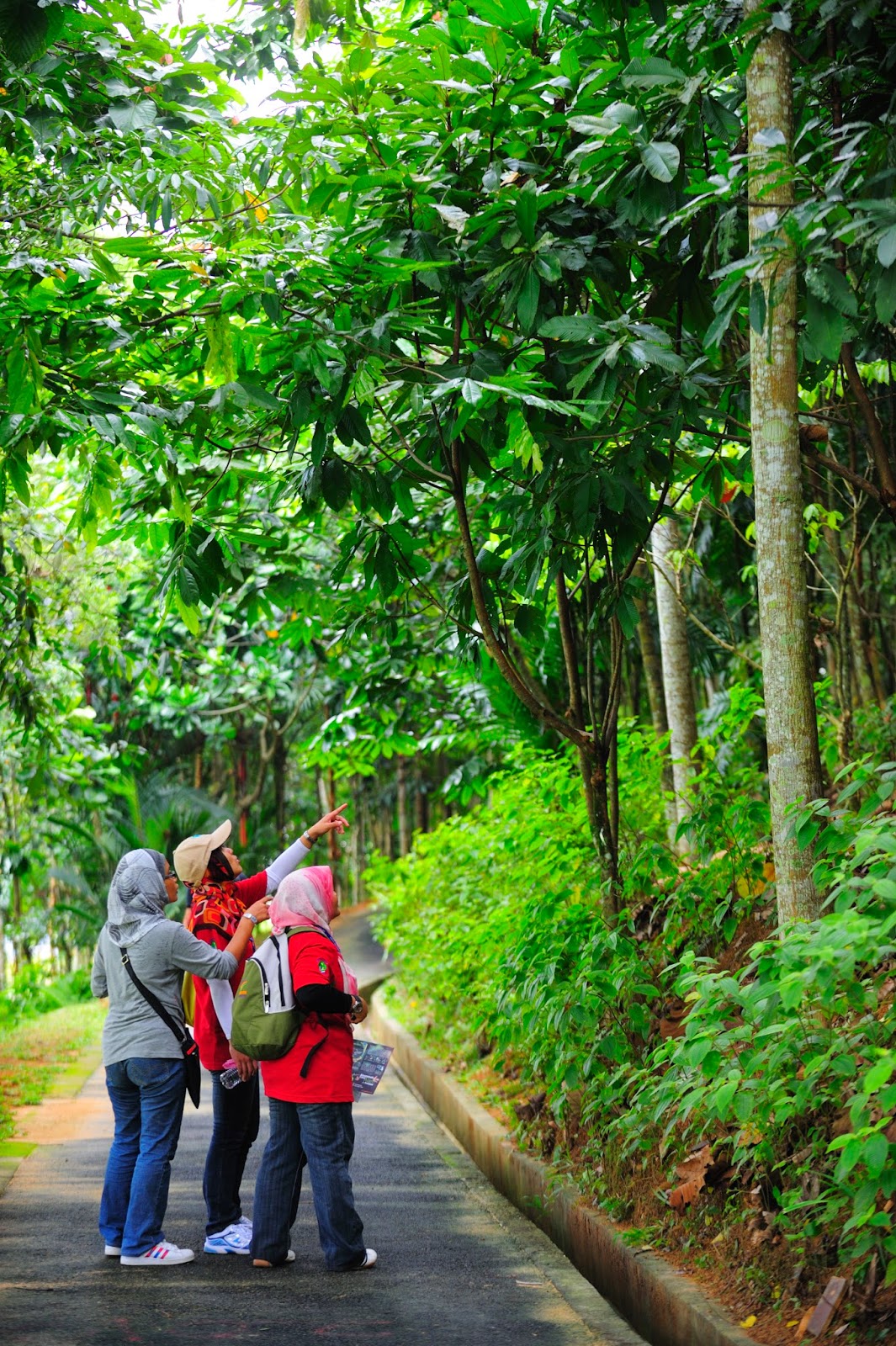The idea of building a brand new city exclusively for a federal government is not new. Over the century, common problems of overcrowding and congestion have prompted many nations to move their administrative capital to a more idyllic setting. Washington DC, Ottawa, New Delhi, Canberra, Brasilia and Islamabad are some of the examples of the planned administrative capitals that detached themselves from the commercial hubs. As planned cities, they did not owe their origin to the usual trading posts or cities by the bay. In facts, the development of a planned capital city is often seen as a hallmark of prosperity and human endeavor.
Putrajaya, the New Administrative Capital of Malaysia joined this elite group officially in 1995. The creation of Putrajaya was part of a strategic plan to release some of the development pressure on Kuala Lumpur which suffered a relentless growth during the economic boom of the 80s and 90s. Like most planned administrative capitals, Putrajaya shared a common characteristics - it is a planned city that is aimed at projecting a nation's pride on both the local and global arena. Thus, the nations's new administrative capital needed that trait, a trademark that sets it apart from other cities around the world.
As the largest real estate development ever undertaken in the country, Putrajaya has opened up a floodgate of ideas and creativity in search of a new vision for a modern and progressive Malaysia, thereby setting a new benchmark on many fronts, including a new standard for Malaysian parks and gardens. furthermore, Putrajaya was created with completely new blueprint and holistic concept that stressed spiritually, balance and one-ness.
"The planning philosophy of Putrajaya sought to enhance the relationship between Man and his Creator, Man and the Environment and Man and his fellow Man. It is a holistic concept that formed the basis of the project theme"
Putrajaya Masterplan
With a development theme known as "Intelligent City in the Garden" it is very clear from the start that parks and gardens would take center stage in the city's development. however, the new Putrajaya Masterplan went beyond that of the normal city plan by turning the once oil palm and rubber estates into the most advanced and attractive city in the region. A huge man-made water body was created, flooding valley and small streams into one of the largest man-made lakes in the country. Hills and ridges were turned into some of the most stunning parks the country has ever seen. Boulevards and roads were lined with trees and covered with generous landscaping. The neighborhood precincts were given additional green networks featuring houses without fences. as a result, the landscape became the focus in everyday living, in line with the overall design objectives that demand a well planned city integrated with its natural surroundings.
Modern offices for both the government and the private sectors were built with state-of-the-art technology. the fact that Putrajaya was planned in tandem with the Multimedia Super Corridor and Cyberjaya guaranteed that most offices were equipped with the latest in IT infrastructure, thus setting it apart from other planned cities.
As trees are maturing and flowers are blooming, Parks of Putrajaya are increasingly becoming more attractive and beginning to take a more central position in the tourist's maps. some of the parks are being recognized and developed as the nation's tourist attractions. Although developing of parks is a continuous and ongoing process, the results shown thus far are very promising and exciting. Various plant life and wildlife have made Putrajaya their new home. In fact, the migration of plants and wildlife to Putrajaya parks by far exceeds the migrations of its populations. Hopefully, in the future these parks will be protected and appreciated as the country's living heritage and will not suffer the same fate as other parks in the country that are constantly subjected to pressure from commercial developments.












Tiada ulasan:
Catat Ulasan